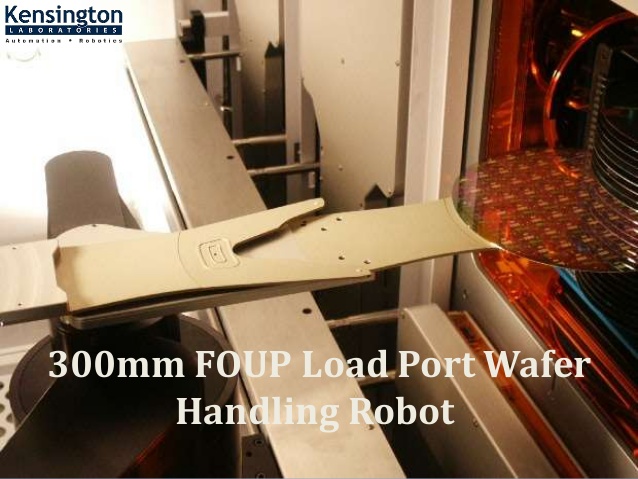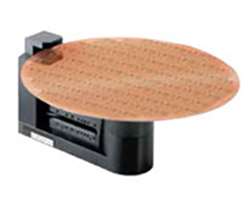Everything You Need to Know About Silicon Wafers
Silicon wafers are very thin slices of crystallized silicon that are highly pure. Due to their affordability and conductivity, they are particularly helpful when creating electronic circuits. The second most frequent element on Earth and the seventh most frequent element in the universe is silicon. Beach sand, quartz, agate, and other materials are common substances containing silicon. Brick, cement, and glass are superior construction materials containing silicon. It also tops the list of most-used semiconductors, which has resulted in numerous uses in the electronics and technology industries, such as semiconductor wafers. And with the rising need for semiconductor wafers, the need for wafer handling automation solutions also increases.
Silicon wafers come in various sizes and shapes depending on their intended purpose. They play a critical role in integrated circuits comprising various electronic components constructed to carry out specific tasks. Silicon is a flat disc with a highly polished, mirror-like surface in almost all electronic devices. It is a typical part used in the production of semiconductors. The surface is appropriate for semiconductor devices because of their smoothness and increased purity.
Types of Silicon Wafers
- Undoped silicon wafer,
- Doped silicon wafer.
Undoped Silicon Wafer
Undoped silicon wafers, or intrinsic or float zone (FZ), are silicon wafers that have not been doped. They are entirely composed of silicon crystalline. The best semiconductor is known to exist as this kind of silicon wafer.
Doped Silicon Wafer
Dopants (certain impurities) are incorporated into the silicon crystal during the creation process to create doped silicon wafers. The result is a P-type doped silicon wafer when boron is added to the mixture. Numerous positively charged holes can be seen on P-type silicon wafers. Element additions like phosphorus, arsenic, or antimony will produce an N-type doped silicon wafer. An electron with a negative charge resides inside N-type silicon wafers. The amount of dopant found in the wafer will determine whether it is extrinsic or degenerate. When something is extrinsic, it contains minimal to moderate amounts of dopants, whereas degenerate things have a higher concentration of dopants.
Working on Silicon Wafers
After being taken from the sand, silicon must be cleaned before use. It is first heated until it melts into a high-purity liquid that is at least 99.9999999% pure and free of all flaws. With popular manufacturing techniques like the Floating Zone or Czochralski process, it can harden into a silicon rod or ingot. In Czochralski's technique, a small piece of solid silicon is lowered into a pool of molten silicon and slowly rotated until the liquid solidifies into a cylindrical ingot. Because of this, the finished wafers are all shaped like discs. You can even safeguard your investment and secure your motion controller's smooth, precise, and repeatable operation with an expert M4000 controller from Kensington Laboratories.
Final Words
Almost every aspect of today's life and technological advancement uses silicon wafers. They are majorly used materials in different industries as they are more stable than all other semiconductor materials.





Comments
Post a Comment